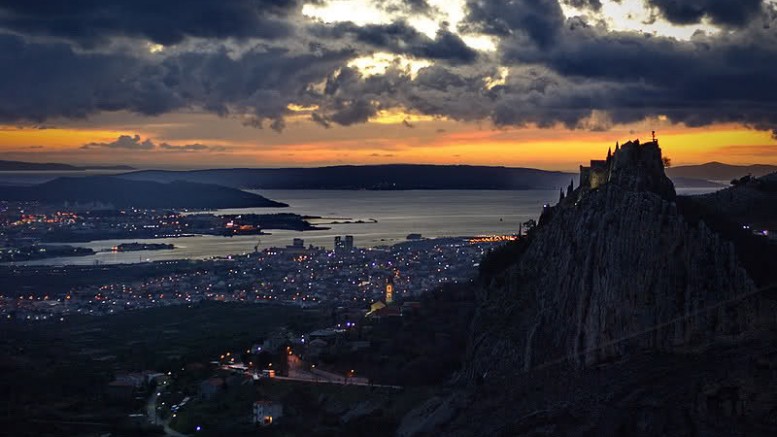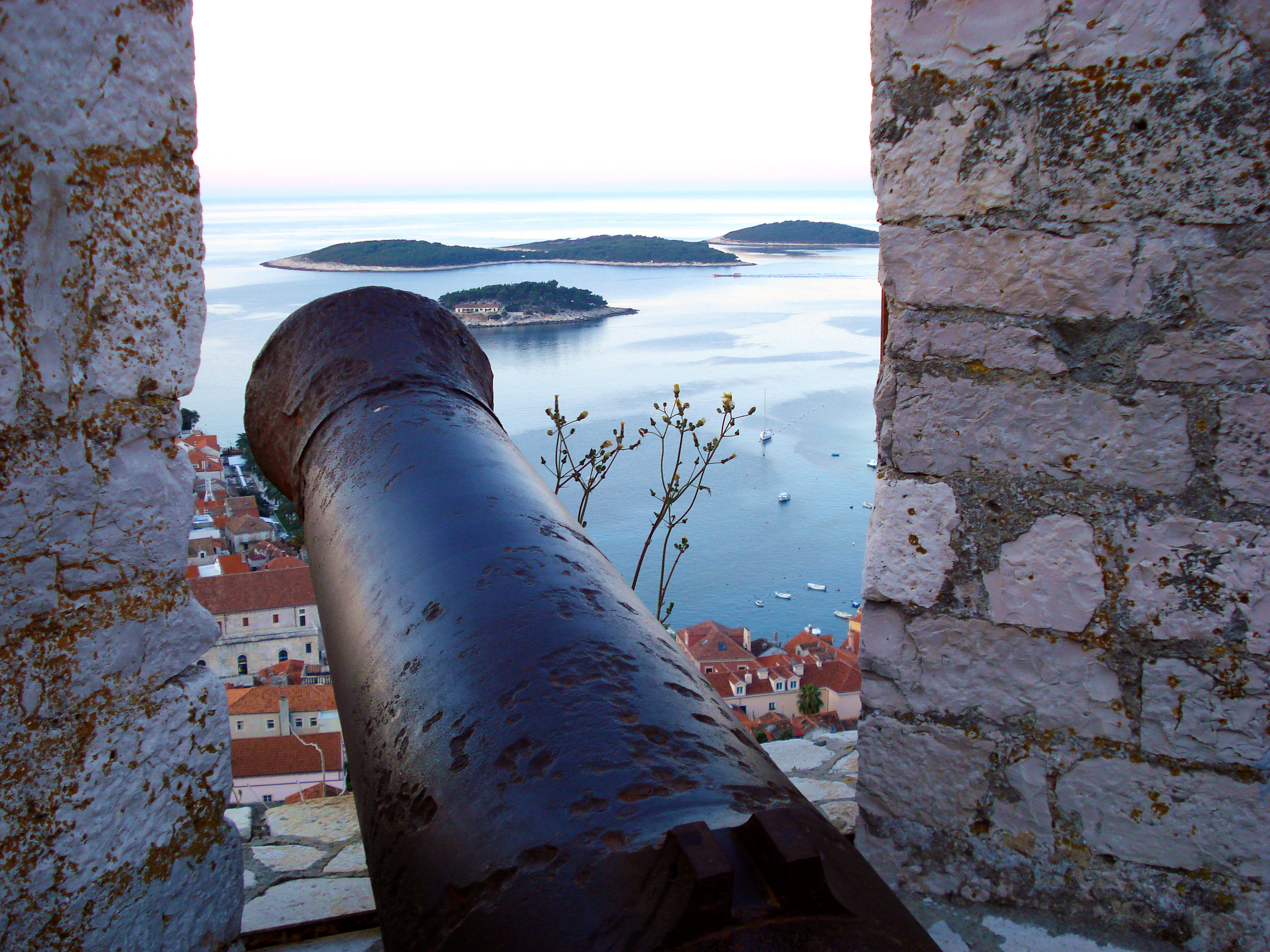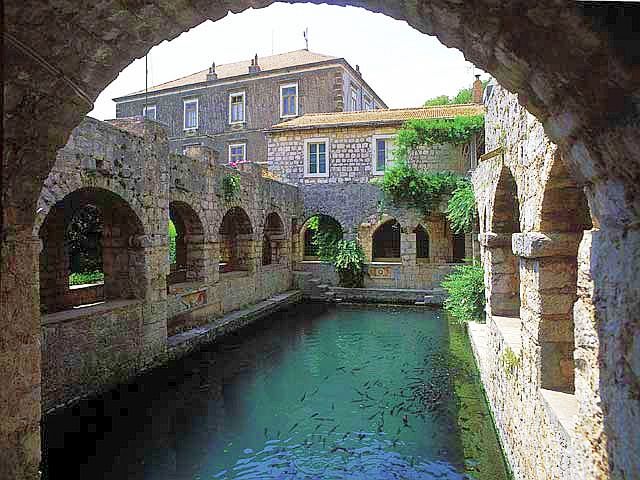Central Dalmatia has a rich cultural heritage with no less than four UNESCO World Heritage Sites in the region (the old town of Trogir, Diocletian’s Palace, Stari Grad Plain, and the recently added stecchi near Imotski), and the region’s history and historic buildings have always been a magnet for tourists.
Meet the living history of Split Dalmatia country, visit the most beautiful fortifications in Split-Dalmatia County

Klis fortress, the former guardian of Dalmatian cities, and a cradle of glorious Croatian history, Klis, with it’s living history, is a silent witness of the past. Because of its geo-strategic position and importance, situated between Mosor on the one side and Kozjak on the other, Klis was an impregnable gateway to Dalmatia, its islands, and the last line of defence of the town of Split. Feel the spirit of the past in a presentation of the defences and way of everyday life on this small, fortifi ed and inaccessible space. Learn about the life of the fortress in the Middle Ages, see weapons from that time like sabres, holsters and cannons. Experience in a costumed presentation how Klis Uskoks (Croatian Habsburg soldiers) defended the fortress from the Turks and their violent attacks. Enjoy an interesting guided tour through the fortress accompanied by a historical group of Klis Uskoks. Watch them participate in fencing duels, shooting with a bow and arrow, listen to the melodies of Uskok diplari (musicians playing on a Wtraditional diple) and become a part of the magical history of Klis.

The Gripe Fortress is a baroque Venetian fort built in the 17th century, in just eight months with the aim of defence against the Ottomans, having great strategic importance for the town. Following a decision by the Ministry of Culture in 2006, it was placed under preventive protection.

Fortica Fortress (Španjola) was built in the middle of the 16th century, on a hill above the old part of the town of Hvar.
Today, this fortress is used as a peaceful tourist facility whilst a collection of amphorae and other exhibits both from ancient times and the Middle Ages reminds us of the turbulent history. There is a beautiful panoramic view over the town of Hvar and Hell’s Islands extending from the fortress.

Tvrdalj is the fortified summer residence of Petar Hektorović, the Croatian poet (1487-1572). During the 16th century, the island of Hvar came under attack from the Ottoman Turks. Hektorović, one of the local nobles, undertook to fortify his house so that it could act as shelter for the local citizens. Tvrdalj is a well-preserved Renaissance building, with a long closed facade on the seaward side, to protect it from attack. The interior courtyard contains a sea-water fishpool, enclosed by a vaulted and arcaded terrace. Next to it is a tower with a dovecote. The living quarters, together with the servant quarters, and several wells, are arranged around the pool. Behind the main buildings is a walled garden where Hektorović cultivated herbs and medicinal plants.

The Fortica fortress is situated on top of Omiš Dinara and from its tower there is a view over the whole town, the river Cetina canyon, the islands of Brač, Hvar and Šolta and the central part of Poljice. It once provided the Omiš pirates with a great panoramic view, helping them to monitor the sea at large and the land area too. The fortress’ primary purpose was to defend town, but should the enemy have conquested the town centre, the defenders were then ready to launch a shower of large stones onto the town from the top of the mountain. The fortress can be reached by following the pathway for about 20 minutes on foot.
Photo: Central Dalmatia



